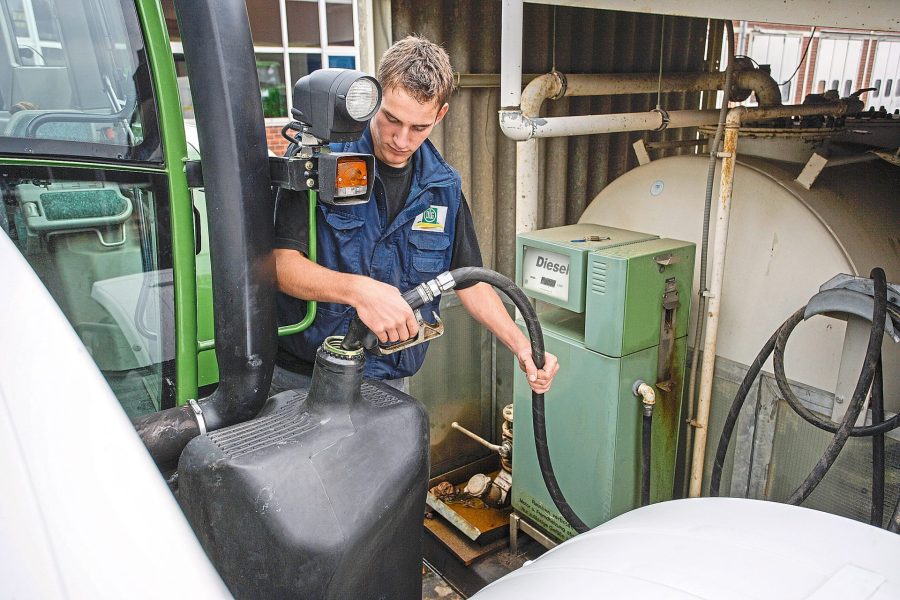With fluctuating diesel prices, it makes good financial sense to fill the tanks when the fuel is ‘cheap’. But long-term storage of diesel can be risky, especially if bugs take up residence, which is why it’s worth looking at additives. We find out what you need to consider.
The purpose of including an additive is to benefit the core properties of a substance. This could be something as simple as putting milk in coffee to influence the taste, or even lemon juice in a fruit salad, with the juice’s ascorbic acid preventing the cut fruit from turning brown. Out of the farmhouse kitchen, the additives in mineral oils and fuels are more complex in their nature.
Shared standards
Before we get into details, let’s take a look at the requirements for diesel. In the UK most diesel will consist of 9.75% biofuel — most typically this is rapeseed oil and known as B10. By 2032 this will increase to 12.4%. In Germany the quantity is currently 7% to create B7.
Meanwhile, diesel fuel in Ireland does not require a biofuel inclusion. But since 2019 low-sulphur fuel has been in use, and this possesses less lubricity to bring its own set of problems. And despite not requiring a biofuel inclusion, diesel bugs can still be an issue, with how the fuel is stored often being the root cause.
In addition to this biofuel requirement, the flash point of the fuel should be 55°C or higher for safe storage and handling. Diesel also needs to contain basic additives that give it a certain lubricity and flowability. The latter is important in winter, particularly in the current cold snap we are experiencing, so it remains free-flowing at temperatures down to -21°C. Special requirements are placed on the cleanliness of the fuel trucks. “All in all, the diesel offered in Europe is of good quality, and it is constantly verified,” says Daniel Kukielka, application engineer at additive maker Innospec.
For more up-to-date farming news and reviews click here and subscribe now to profi for just £3.99 an issue.






